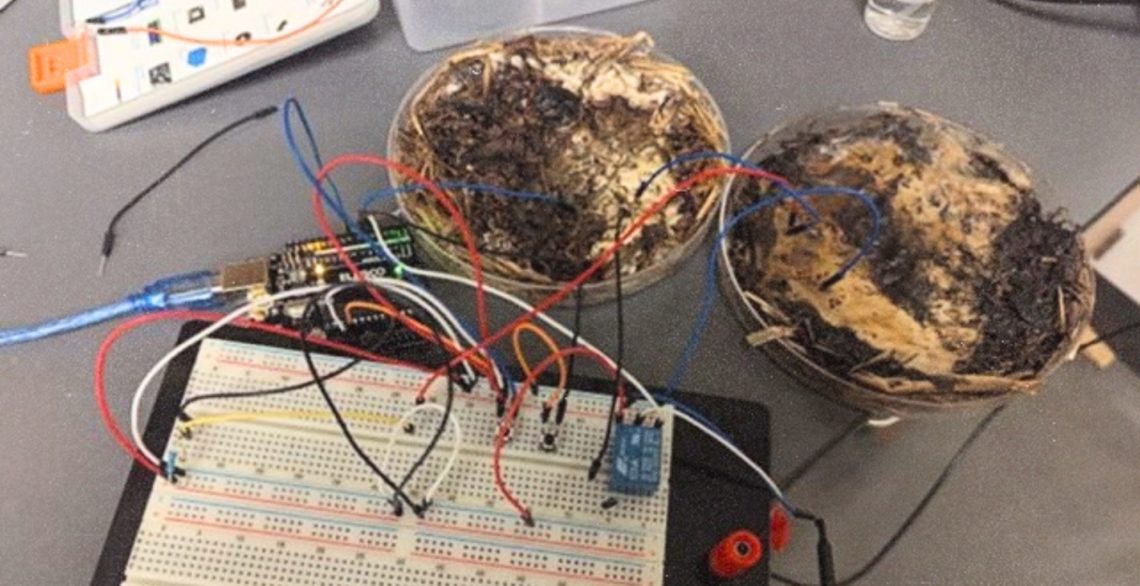Scientists have just built working computer components out of shiitake mushrooms. No word yet on whether the computer can be sautéed with some butter and salt when you’re done with it.
As described in a paper published in PLOS One, using mycelium—the threadlike roots of fungi—researchers created memristors, the circuitry elements that remember past electrical states. You’d imagine such a feat would yield a memristor that performs terribly, but the researchers say its performance wasn’t too far off from that inside your laptop.
These organic circuits can store information, process signals, and maybe even help future computers behave more like organic brains, all while being low-cost, biodegradable, and probably compostable when you’re done with them.
Psychiatrist and lead researcher John LaRocco of Ohio State University said developing “microchips that mimic actual neural activity means you don’t need a lot of power for standby or when the machine isn’t being used.” This, he thinks, is a significant advantage, both computationally and economically.
Scientists Built a Working Computer Out of Shiitake Mushrooms
The team grew nine batches of shiitake mycelium in petri dishes. They let them sprawl and stretch into mildly disturbing, gross, tangled networks of roots. Then, they dried them out in the sunlight until they were ready to handle electricity.
Once wired up to a circuit, the fungal fibers responded to voltage like living synapses. They were firing off signals at about 5,850 hertz with 90 percent accuracy. That’s only about twice as slow as the cheapest commercial memristors, which is impressive for a project that could be quickly scrapped and turned into a delicious stir-fry.
These fungi aren’t going to be powering your high-end gaming rig any time soon, as evidenced by the fact that, as the voltage increased, performance dropped. Mushrooms might be able to absorb a preposterous amount of cooking oil because they are basically just little edible sponges, but they may not be as good at handling high voltages. The researchers found they could boost power by wiring more mushrooms together, creating an even larger fungal network that improved circuit stability and speed.
It’s still very early on, but the implications here are wild and potentially game-changing. Imagine being able to grow the components for, say, a new iPhone or the aforementioned high-end gaming rig, from just some dirt and a lot of humidity. Or, as LaRocco himself says, the tools needed to start exploring fungal computing “could be as small as a compost heap and some homemade electronics, or as big as a culturing factory with pre-made templates.”
The post Scientists Built a Computer Out of Shiitake Mushrooms—and It Works appeared first on VICE.




